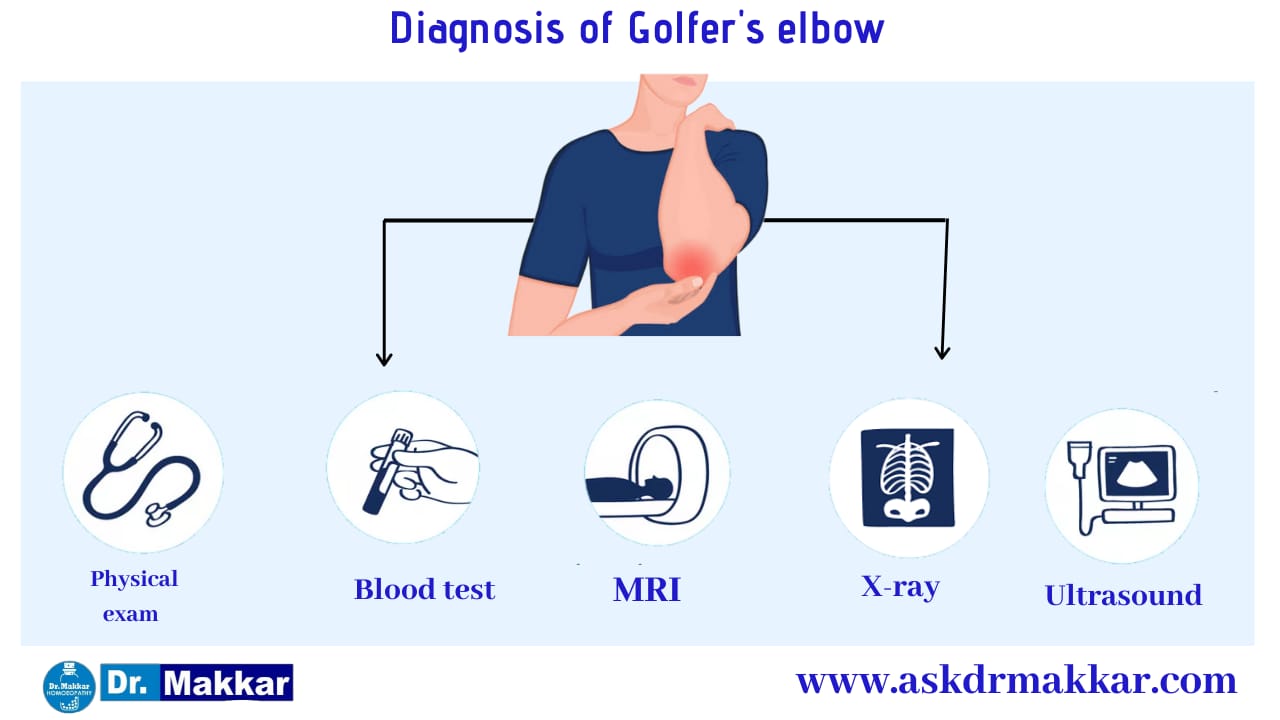
The diagnosis of elbow pain is generally done clinically, meaning through evaluation of one's medical history and physical examination alone. Sometimes, though, imaging, like an X-ray to rule out a fracture, for example, is needed.
Medical History
Prior to examining your elbow, your doctor will inquire about when the elbow pain began, the type and frequency of sport or occupational activities you engage in, and whether you recently experienced any falls or trauma.Moreover, besides pain, he will ask whether you have other symptoms like numbness or tingling (which suggests nerve involvement), swelling (which suggests inflammation), or a fever (which suggests a possible infection).
Physical Examination
During the physical examination, your doctor will first inspect your elbow, forearm, and upper arm for bruising, swelling, redness, and/or deformity. He will also press on and move the bones, muscles, and tendons of the arm and elbow to evaluate for tenderness and range of motion. In addition to a comprehensive musculoskeletal exam, your doctor will perform a brief neurological exam of the arm and hand to check for sensory disturbances and muscle weakness.
Imaging Tests
Various imaging tests may be needed to confirm or support a diagnosis for your elbow pain. For example, an X-ray is needed to diagnose an elbow fracture or dislocation, while magnetic resonance imaging (MRI) may be ordered to better examine the bicep tendon, especially if there is suspicion for a tendon rupture.
Electromyography (EMG) checks for compressed nerves by measuring muscle and nerve electrical activity.
Blood Tests like Uric acid,CRP C reactive Protein,ESR etc also helps.